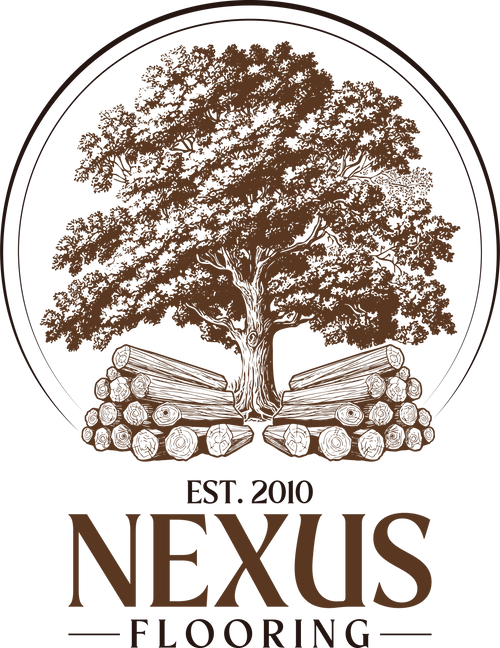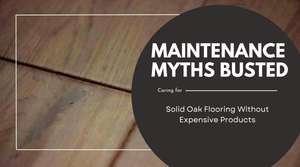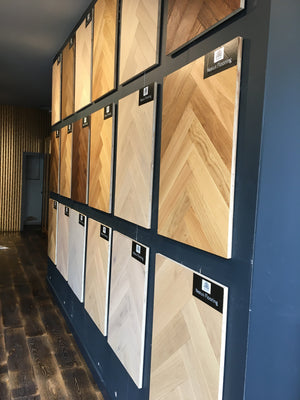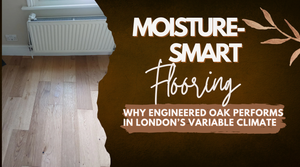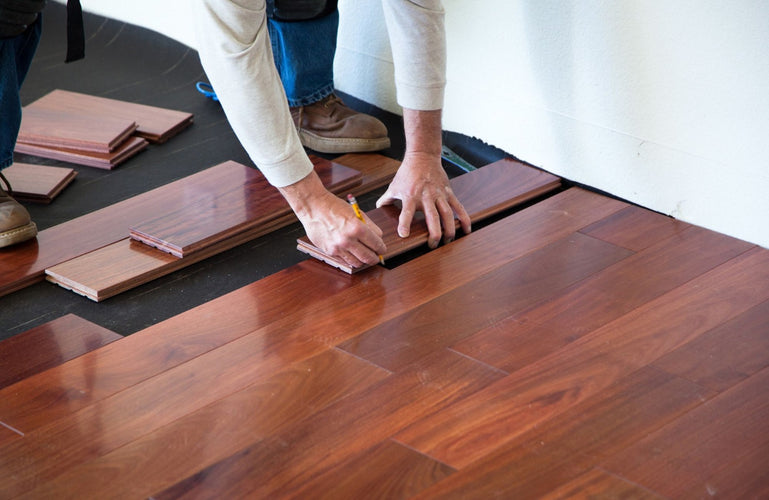Engineered wood flooring has swiftly ascended to prime consideration amongst homeowners and designers who want a fashion statement paired with strength and sustainability. In layers unlike in a single solid entity, engineered wood flooring is durable, resistive to moisture, and is hence suitable for modern homes and climatic variations.
Consider an actual beginner's guide that will take you from the very base of the core structure of engineered wood flooring, through the principal advantages, installation methods, maintenance, and long-term costs of this flooring. Whether you are refurbishing a single room or to an entire house, it will prove essential to know the base of this versatile flooring option.
We will also look into the rise in popularity, the comparison with solid hardwood, and the reason it is a good investment from both the aesthetics and the functional side. Ready to empower your flooring decision?Let's go.
What is Engineered Wood Flooring? Benefits, Structure & Installation
Engineered wood flooring is a contemporary structure for solid wood flooring and intends to furnish all the attributes of classic beauty of wood with added functionality. It consists of several layers, traditionally with a hardwood veneer on the top and a good quality of plywood or fiberboard beneath, making it much stable and resistant to moisture and temperature changes.
Benefits
One of the biggest advantages of engineered wood flooring is that it can be installed where solid wood might warp-basements or radiant heating systems. It is considered more eco-friendly, economical, and more straightforward to care for, thus winning the hearts of homeowners in search of the best engineered flooring solutions.
Structure
Constructed in layers, the top surface of engineered flooring is hardwood, giving the floor the natural beauty of timber, while the under-layers provide stability and strength. Such layering decreases the possibility of expansion or contraction due to environmental changes.
Installation
The installation is very flexible and can be installed by floating, glue down, or nailing. Also, the click lock makes it an easy solution for any DIY enthusiast who wants quick and hassle-free upgrades to his or her living space.
What Makes Engineered Wood Flooring Ideal for Modern Homes?
Engineered wood flooring is highly favored in homes where modern interiors prevail, simple in appearance, and structurally stable with a factor of adaptability in mind. It goes without saying that engineered wood floors will be installed in higher-humidity rooms or spaces where slight temperature fluctuations are normal-their solid wood counterpart finds such a job nearly impossible.
Engineered wood is made to weather abuse, as well as abundant in options of finishes and textures to complement very modern interiors. The sought-after engineered wood flooring by homeowners offers easy maintenance, speedy installation, and an environmentally friendly conception.
The multi-layered structure is considered perfect for underfloor heating-a relatively modern lifestyle feature. Those wishing to enjoy warmth and elegance with extra practicality are better off with engineered wood.
Why Engineered Wood Flooring is Rapidly Gaining Popularity?
In recent times, engineered wood flooring opened floodgates of popularity among homeowners, architects, and interior designers. Making its ascension was the winning formula of charm, strength, and flexibility. While hardwood options do not fit in moist or temperature-altered conditions, engineered wood flooring could be laid in such environments.
With this very flexibility and real wood surface, it manages to deliver the charm of traditional wood while circumventing its disadvantages. Most consider it to be the best engineered floor with respect to style as well as function.
It also is environmentally friendly, as it uses less hardwood than solid planks. Easy to install and maintain, engineered wood flooring gives good returns for your money and is a floor that makes sense to have in any modern home.
Everything About Engineered Wood Flooring
Serving as a beautiful touch in a home, a wood floor is a worthwhile investment. Designed for longevity and beautiful appearance, engineered wood flooring can be said to represent a marriage between the natural beauty of hardwood and the modern construction techniques providing durable performance.
Whether deciding to build a new home from scratch or renovate, to make a better choice, it is imperative to know about its costs, its life span, and the amount of maintenance it requires. Here are the basics-ons:
Costs
The engineered wood flooring cost depends on the species, thickness of the top layer, and the brand. Generally, it is considered to be cheaper and satisfies a similar level of Aristotelian appearance as solid hardwood. They range from mid-range in price to more expensive-category, standing as a fairly premium yet cost-effective flooring option.
Durability
Multi-layer construction makes it resistant to warping, buckling, and shrinkage even in areas prone to humidity and temperature fluctuations. The hardwood surface veneer layer is strong enough to resist daily wear, while an excellent product may, in fact, be sanded and refinished at least once or twice.
Maintenance
Maintenance of engineered flooring turns out to be really simple. Sweeping once a day and damp mopping a couple of times a week should keep it looking fresh. Keep pads on the floor protectors and avoid excessive moisture. This way of flooring serves great for a household rushing here and there.
